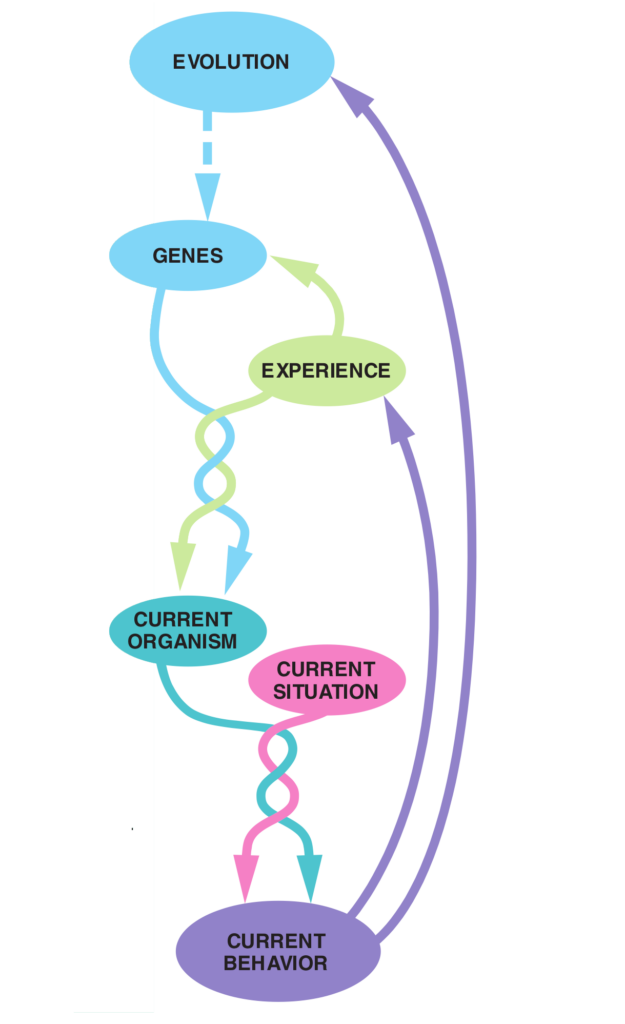“Whodunnit?” – Causation and attribution of behavior
Causation and attribution are fundamental concepts in nature and human behavior. The evolution of human behavior and nature is erratic, but not random. If there was only randomness in the world there would be no natural laws, no predictability and only chaos. Consciously or unconsciously, every human being utilizes the concepts of causation and attribution to make ‘sense’ of the world. Unfortunately however, these concepts are also ambiguous and in the eye of the beholder.
If A causes B and B causes C, who causes C? A, B or both? Next to this, even if there is no chronological chain, there can be for example two events A and B which are causing an event C simultaneously. In that cause there is no single unit of causation. Even more complicated are two events which impact each other, also known as the ‘chicken and egg problem’.
Consequently a single unit of intention is hard to establish in a complex system like evolution. Of course, established short cuts are to take attribution: 1] to an individual human level (as is common in most legal frameworks) or 2] to a genetic level ( as is described in the “Selfish gene”). However both are not able to connect or attribute cause and effect in a unambiguous way.
The stylistic cause-and-effect examples given on the left shows that attribution of human behavior is not always easy to make inferences about. In a world with many human beings with all kinds of behaviors and intentions, it is not always straightforward who or what is the initiator when someone is impacted.The examples given all imply a unified actor and receiver, and there things could go wrong int the first place.


